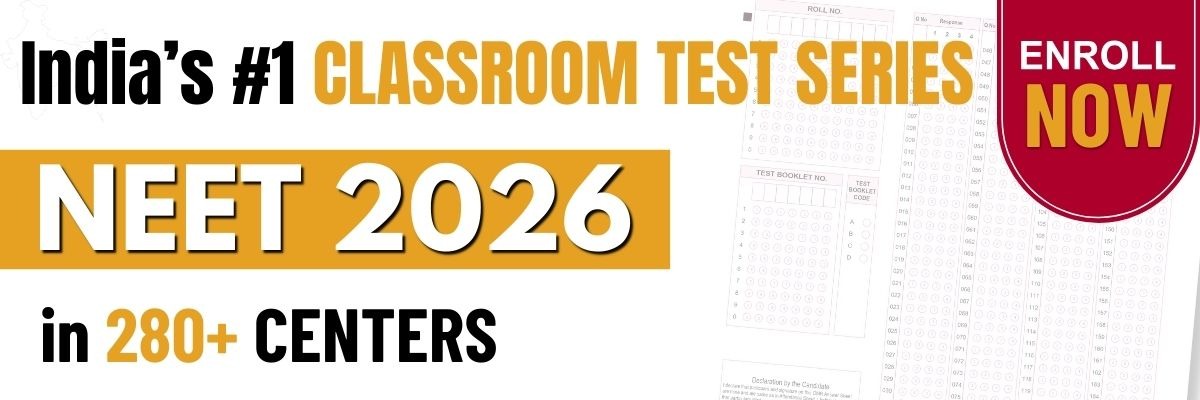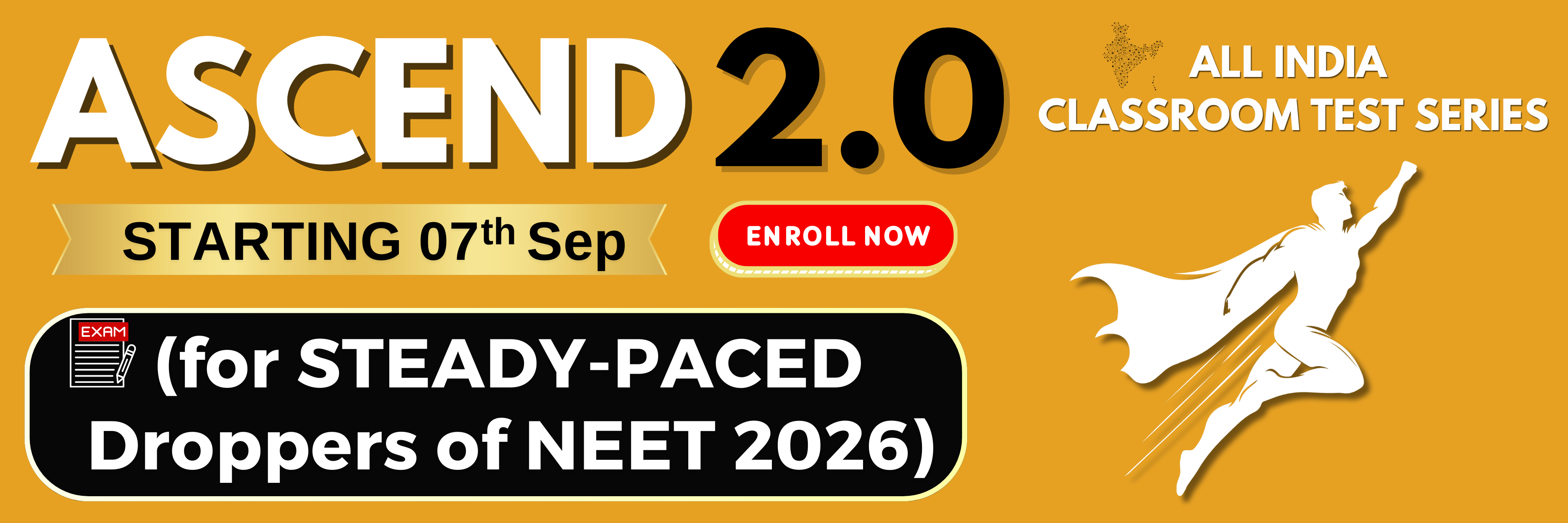Consider the given two statements:
| I: | Carbon reactions during photosynthesis in higher plants are called as dark reactions. |
| II: | They occur in darkness and they are not light-dependent. |
| 1. | Both I and II are correct and II explains I |
| 2. | Both I and II are correct but II does not explain I |
| 3. | I is correct but II is incorrect |
| 4. | I is incorrect but II is correct |
Subtopic: Dark Reaction: Biosynthetic Phase | Dark Reaction : Calvin Cycle |
81%
Level 1: 80%+
To view explanation, please take trial in the course.
NEET 2026 - Target Batch - Vital
Hints
To view explanation, please take trial in the course.
NEET 2026 - Target Batch - Vital
How many carbon atoms does the primary carbon dioxide acceptor have in C3 photosynthesis?
| 1. | 2 | 2. | 3 |
| 3. | 4 | 4. | 5 |
Subtopic: Dark Reaction : Calvin Cycle |
78%
Level 2: 60%+
To view explanation, please take trial in the course.
NEET 2026 - Target Batch - Vital
Hints
To view explanation, please take trial in the course.
NEET 2026 - Target Batch - Vital
How many ATP and NADPH are respectively required to make one molecule of glucose through the Calvin pathway?
| 1. | 3 and 2 | 2. | 6 and 6 |
| 3. | 9 and 6 | 4. | 18 and 12 |
Subtopic: Dark Reaction : Calvin Cycle |
88%
Level 1: 80%+
To view explanation, please take trial in the course.
NEET 2026 - Target Batch - Vital
Hints
To view explanation, please take trial in the course.
NEET 2026 - Target Batch - Vital
The pathway:
| 1. | is common to all plants |
| 2. | takes place in mesophyll cells in C4 plants |
| 3. | takes place in bundle sheath cells in C3 plants |
| 4. | does not take place in CAM plants |
Subtopic: Dark Reaction : Calvin Cycle |
86%
Level 1: 80%+
To view explanation, please take trial in the course.
NEET 2026 - Target Batch - Vital
Hints
To view explanation, please take trial in the course.
NEET 2026 - Target Batch - Vital
The most common enzyme in the world is:
1. PEP carboxylase
2. Pyruvate dehydrogenase
3. RuBisCO
4. Collagenase
1. PEP carboxylase
2. Pyruvate dehydrogenase
3. RuBisCO
4. Collagenase
Subtopic: Dark Reaction : Calvin Cycle |
96%
Level 1: 80%+
To view explanation, please take trial in the course.
NEET 2026 - Target Batch - Vital
Hints
To view explanation, please take trial in the course.
NEET 2026 - Target Batch - Vital
The reactions of the Calvin cycle can take place as long as which of the following products of the light dependent reactions are available?
| 1. | Water and Glucose |
| 2. | Water and ATP |
| 3. | Oxygen and Carbon dioxide |
| 4. | ATP and NADPH |
Subtopic: Dark Reaction: Biosynthetic Phase | Dark Reaction : Calvin Cycle |
88%
Level 1: 80%+
To view explanation, please take trial in the course.
NEET 2026 - Target Batch - Vital
Hints
To view explanation, please take trial in the course.
NEET 2026 - Target Batch - Vital
The number of molecules of NADPH and ATP required respectively to reduce six molecules of carbon dioxide to glucose in Calvin cycle?
| 1. | 6 and 6 | 2. | 12 and 12 |
| 3. | 12 and 18 | 4. | 18 and 12 |
Subtopic: Dark Reaction : Calvin Cycle |
79%
Level 2: 60%+
To view explanation, please take trial in the course.
NEET 2026 - Target Batch - Vital
Hints
To view explanation, please take trial in the course.
NEET 2026 - Target Batch - Vital
Consider the following two statements regarding RuBisCO:
| I: | When carbon dioxide is the substrate, the product of the carboxylase reaction is finally two molecules of glycerate-3-phosphate. |
| II: | When molecular oxygen is the substrate, the products of the oxygenase reaction are two molecules of phosphoglycolate. |
| 1. | Only I is correct | 2. | Only II is correct |
| 3. | Both I and II are correct | 4. | Both I and II are incorrect |
Subtopic: Dark Reaction : Calvin Cycle | Questions on Photorespiration |
51%
Level 3: 35%-60%
To view explanation, please take trial in the course.
NEET 2026 - Target Batch - Vital
Hints
To view explanation, please take trial in the course.
NEET 2026 - Target Batch - Vital
Which of the following must occur in the biochemical pathway of Calvin cycle?
| 1. | addition of a pair of electrons from NADPH |
| 2. | inactivation of RuBP carboxylase enzyme |
| 3. | regeneration of ATP from ADP |
| 4. | regeneration of RuBP |
Subtopic: Dark Reaction : Calvin Cycle |
80%
Level 1: 80%+
To view explanation, please take trial in the course.
NEET 2026 - Target Batch - Vital
Hints
To view explanation, please take trial in the course.
NEET 2026 - Target Batch - Vital
The number of turns of Calvin cycle required to produce one molecule of Glyceraldehyde 3 Phosphate is:
| 1. | 1 | 2. | 2 |
| 3. | 3 | 4. | 6 |
Subtopic: Dark Reaction : Calvin Cycle |
Level 3: 35%-60%
To view explanation, please take trial in the course.
NEET 2026 - Target Batch - Vital
Hints






